A story about the neighbourhood of Tanah Gajah and its histoy dating to the eras of ancient Balinese
If you are into legends, history and culture, the towns bordering Ubud are worth a visit. Bedulu, Pejeng and Tampaksiring are all former royal capitals, in the era of ancient Balinese kingdoms. As well as the main such as Pura Tirta Empul, Goa Gajah and Pura Gunung Kawi, there are few hidden gems around the area which will satisfy your cultural curiosity.
Luckily for you who are staying at Tanah Gajah, a Resort by Hadiprana, these sites are located nearby! First, let’s start at the iconic Elephant Cave or Goa Gajah.
GOA GAJAH (ELEPHANT CAVE)
Built in the 11th century, Goa Gajah used to be a park. It was a place of retreat for Shiva Priest and Buddhist monks. This cave was built where two rivers, named Pangkung and Petanu, met. Balinese believe that the meeting place of two rivers are auspicious, powerful spots. You can follow the pathway down to another area which contains the ruins of another former Buddhist temple.
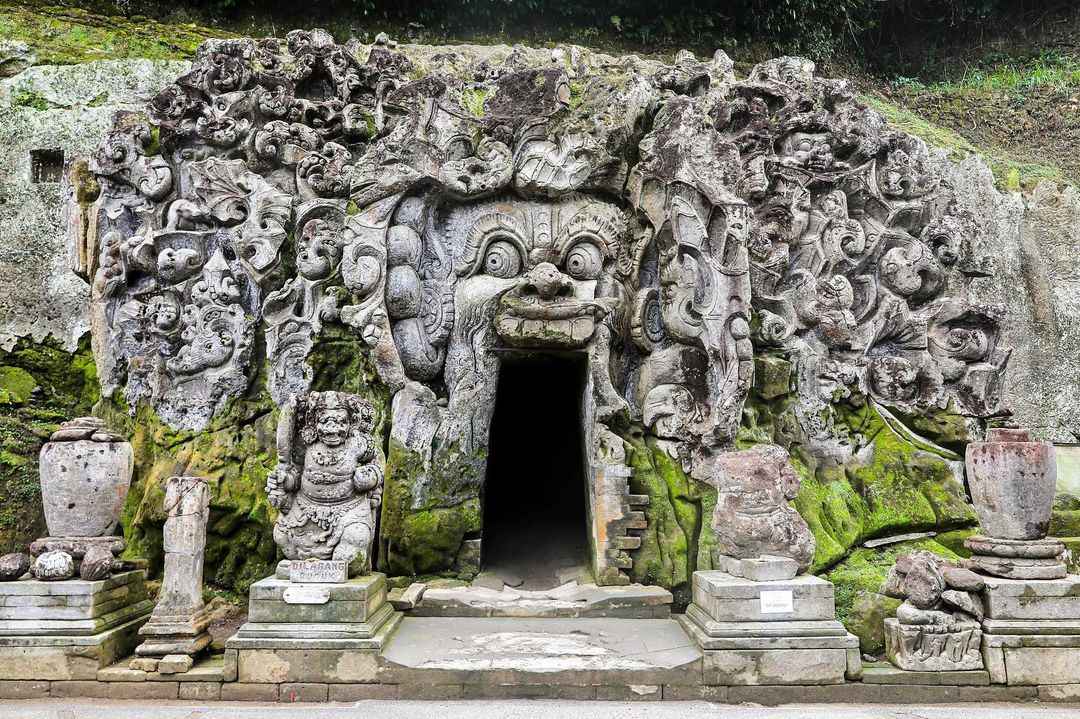
ARCHEOLOGICAL MUSEUM
Located between Bedulu and Pejeng, this archeological museum is where you can see the relics of ancient stone coffins. Following the Hindu tradition, modern Balinese cremate their dead. Therefore these sarcophagi represent the ancient Balinese culture, that predates the arrival of Hinduism. They are believed to be over 2000 years old.
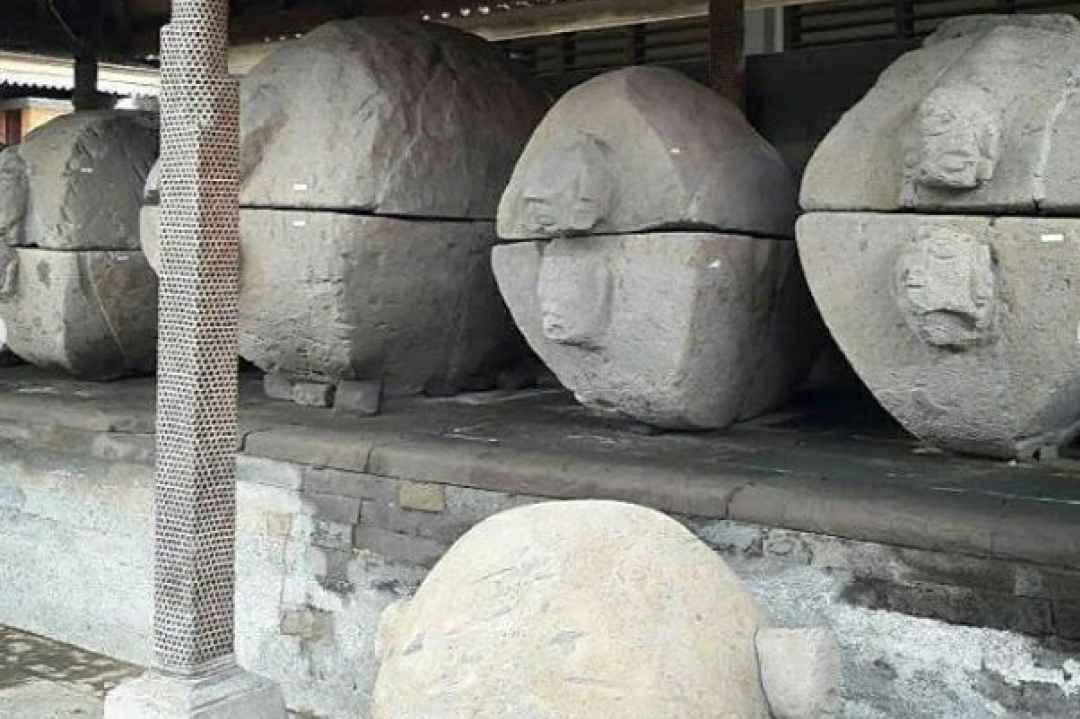
THE MOON OF PEJENG
Pejeng is home to a number of ancient shrines. Pura Penataran Sasih was built in the 13th century. The moon of Pejeng is actually a 2,000-year-old bronze kettle drum that is kept safe on a tower within the temple ground. It is believed that the drum is the largest drum cast out of a single piece of metal, in the world. Experts are still in debate as to whether it originates from Indonesia or somewhere like Vietnam, where such drums are more common.
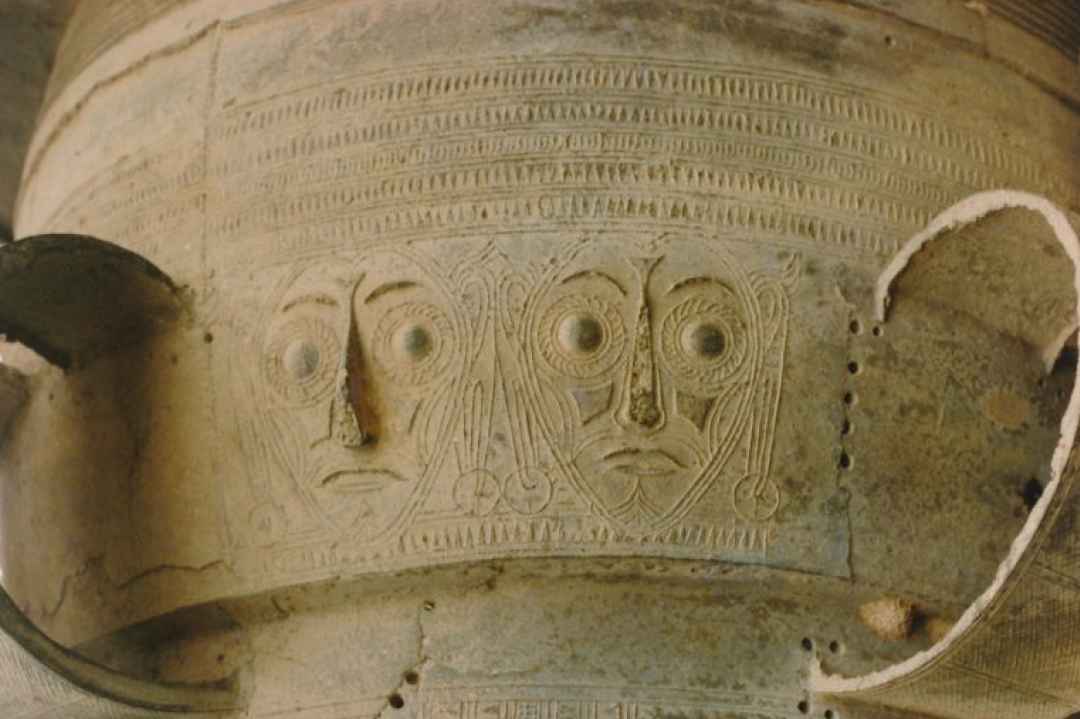
GOA GARBA
Dating back to around the 12th century, Goa Garba is recognized as a temple for a giant. It is believed that the temple is related to a famous Balinese legend of an ancient Balinese Hindu military leader named Kebo Iwa. Locals would tell the story that as a baby, Kebo Iwa had an insatiable appetite and grew into a giant who had a kind hearted nature and promised the King of Bali to protect the island from the neighbouring kingdom of Java named Majapahit. During his life, Goa Garba temple was a place where Kebo Iwa would meditate, as well as develop his spiritual powers and battle skills. At the temple today, you may see a large footprint, believed to have been left by the giant himself.
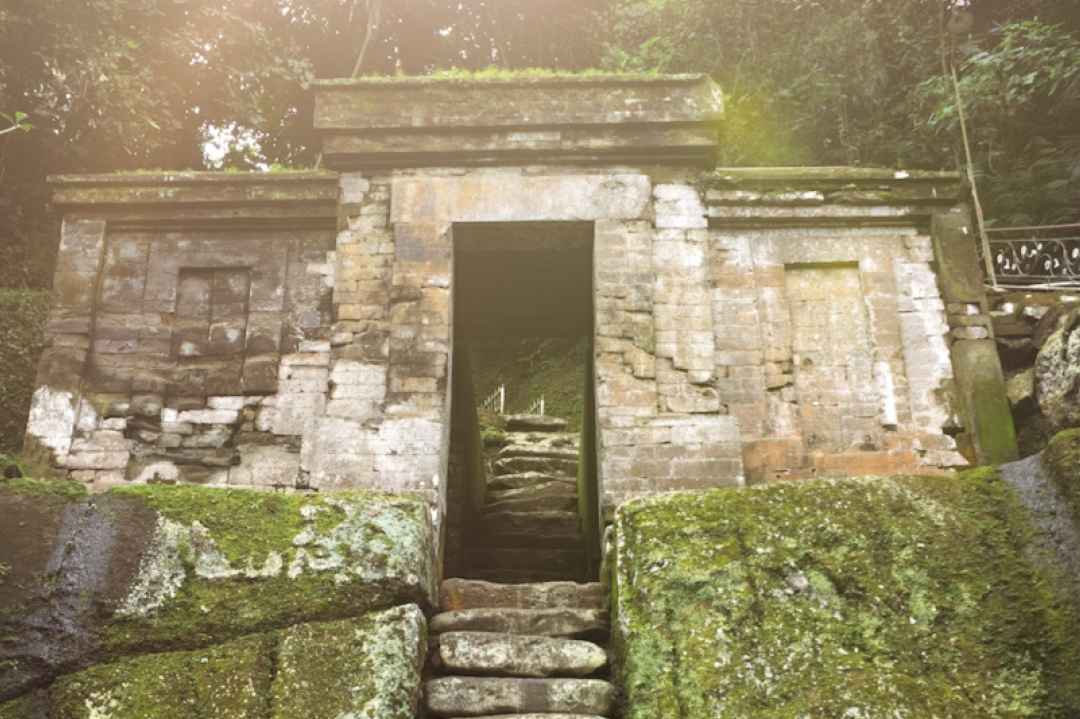
PURA GUNUNG KAWI
Dating back to the 11th century, Pura Gunung Kawi offers its visitors a beautiful view of rice terraces as well as a sweeping outlook over the Pakerisan river. The temple has a very sweet story. A Balinese King named Anak Wungsu carved large shrines on the cliff faces of a mountain dedicated to his deceased family members. King Anak Wungsu was also known as a king who was full of compassion for his people. He has succeeded in creating a country that was safe, peaceful and prosperous under his reign. Because of his deeds and compassion, his people considered him as an incarnation of Lord Vishnu.
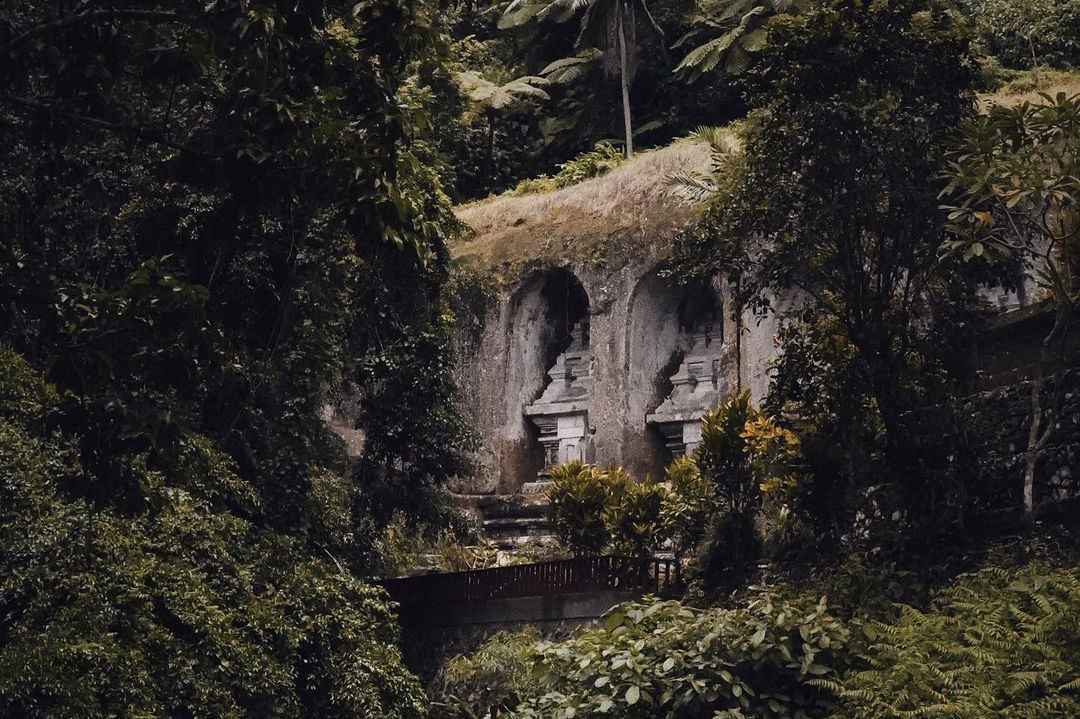
PURA TIRTA EMPUL
This temple dates back to the 10th century. This is the most renowned and popular site within the list. It is said that Pura Tirta Empul is the source of the Pakerisan river which flows downstream through Pura Gunung Kawi, and further down to Goa Gajah. The birth of Tirta Empul Temple was derived from an ancient legend.
The story goes that there was a king named Mayadenawa who once ruled the island. This malevolent monarch was said to possess great powers and had forbidden any Hindu worship within his kingdom – coming from a Mahayana Buddhist background. A local priest named Mpu Kul Putih was determined to put a stop to Mayadenawa’s reign of terror, and summoned Indra, the King of the Gods, for help. Soon, a great war between Mayadenawa’s and Indra’s troops ensued. At some point during the fighting, Mayadenawa poisoned the water near where Indra’s troops were sleeping. Indra’s troops were poisoned thanks to Mayadenawa’s scheme, so the King of the Gods drove a stick deep into the ground, out of which sprung special healing water. His troops recovered after drinking the special water and this is the very site where Tirta Empul exists today.
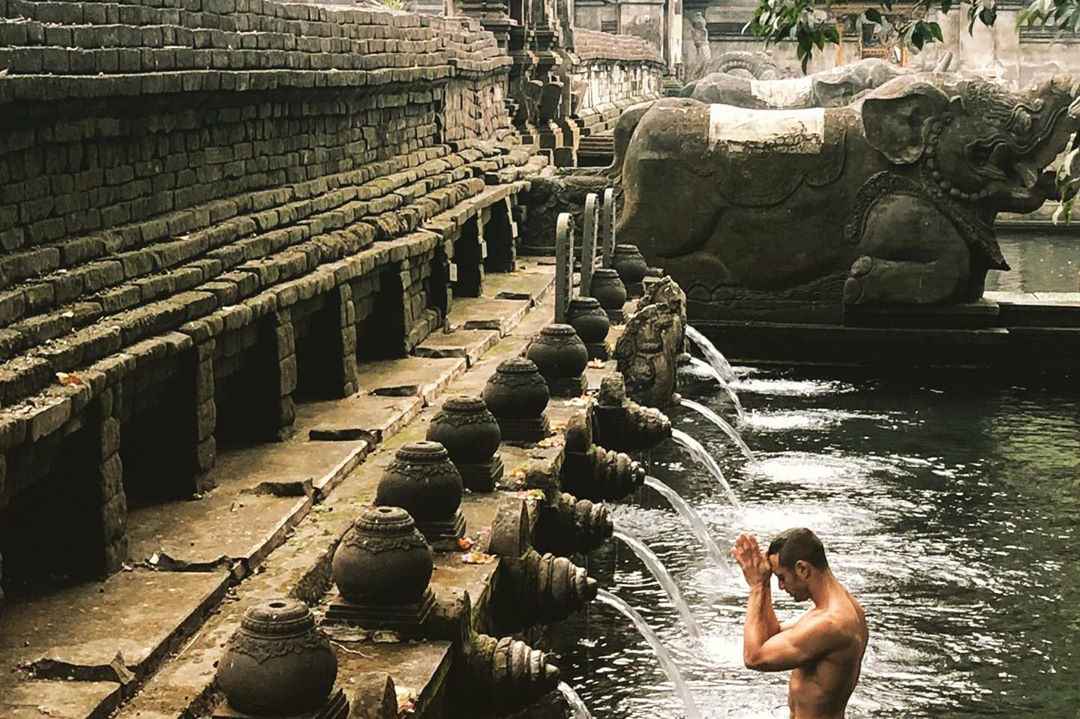
PURA MENGENING
Pura Mengening is located nearby the compound of Tirta Empul Temple. From the courtyard, you can gaze upon the greenery that surrounds the premises, taking in the natural beauty serenaded by the harmonious sounds of water running into different pools below. Locals come for prayers in the temples and collect holy water from the temple’s holy springs, as well as to perform a self cleansing ceremony called Melukat using the holy water. Pura Mengening was built during the time of King Anak Wungsu (the son of Udayana) in the 11th century. The temple contains a collection of ancient statues that are similar to those found in Gunung Kawi.
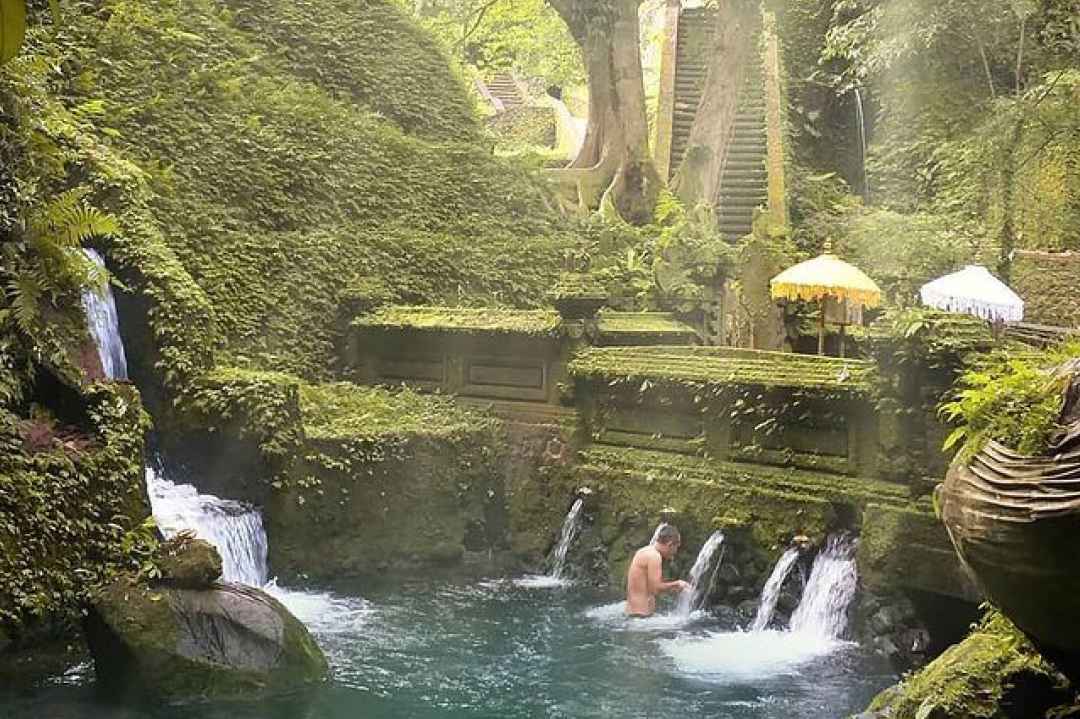
The Kingdom of Bedahulu was located right around the neighbourhood of Tanah Gajah Ubud and a few locals still believe that more relics from the glory days of the era may still remain underneath Tengkulak village, and possibly even under our feet at Tanah Gajah.
References
https://nowbali.co.id/temples-of-tampaksiring/
https://nowbali.co.id/shrines-gunung-kawi/
https://nowbali.co.id/temples-of-tampaksiring/
http://punapibali.com/listing-item/pura-mengening-tampaksiring-gianyar/
https://sailingstonetravel.com/ubuds-enchanting-outskirts-bedulu-pejeng-tampaksiring/